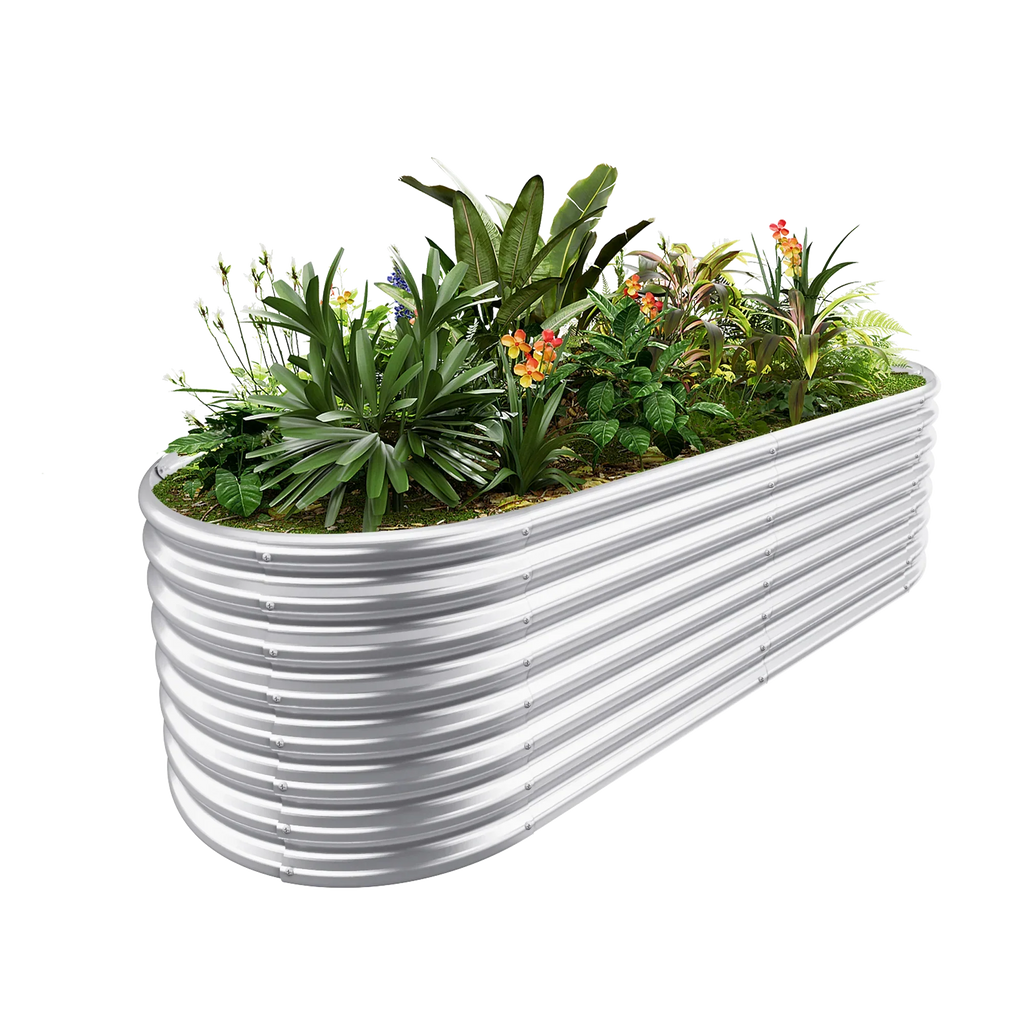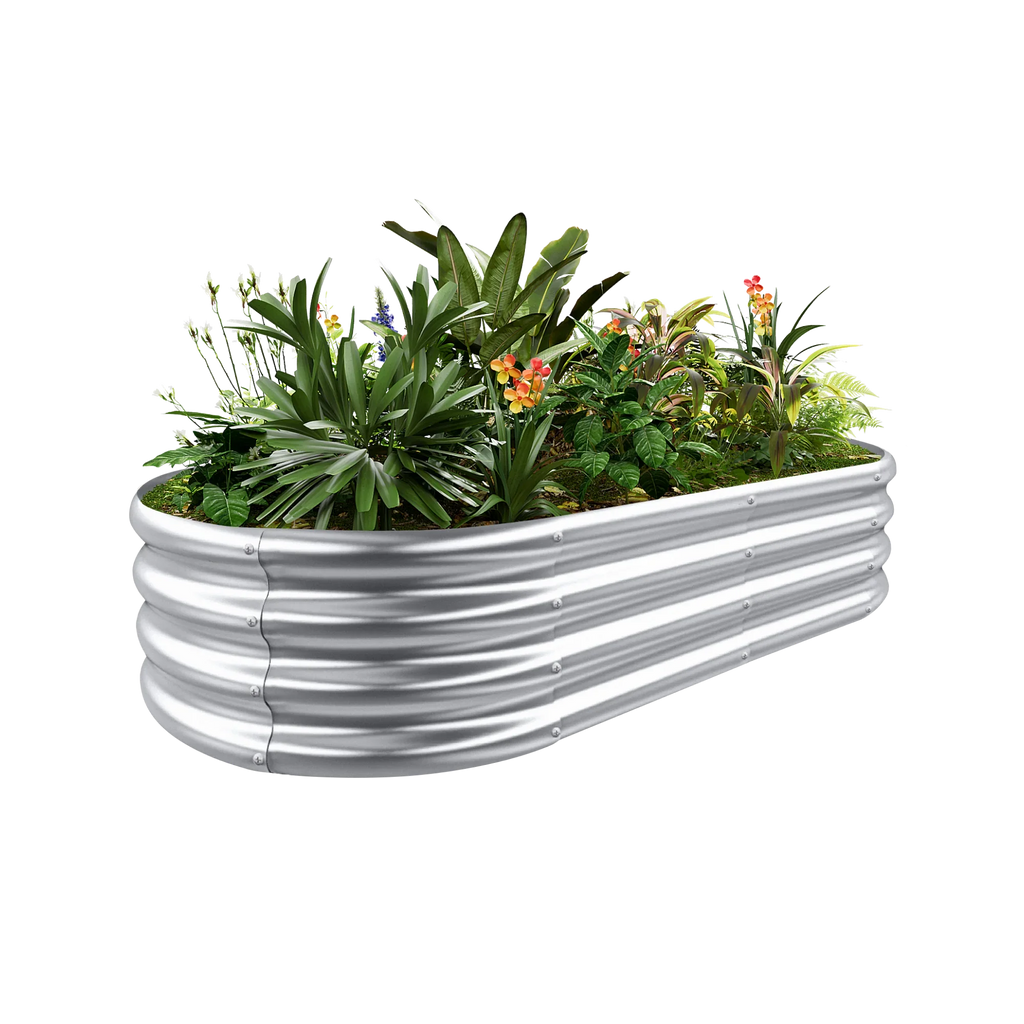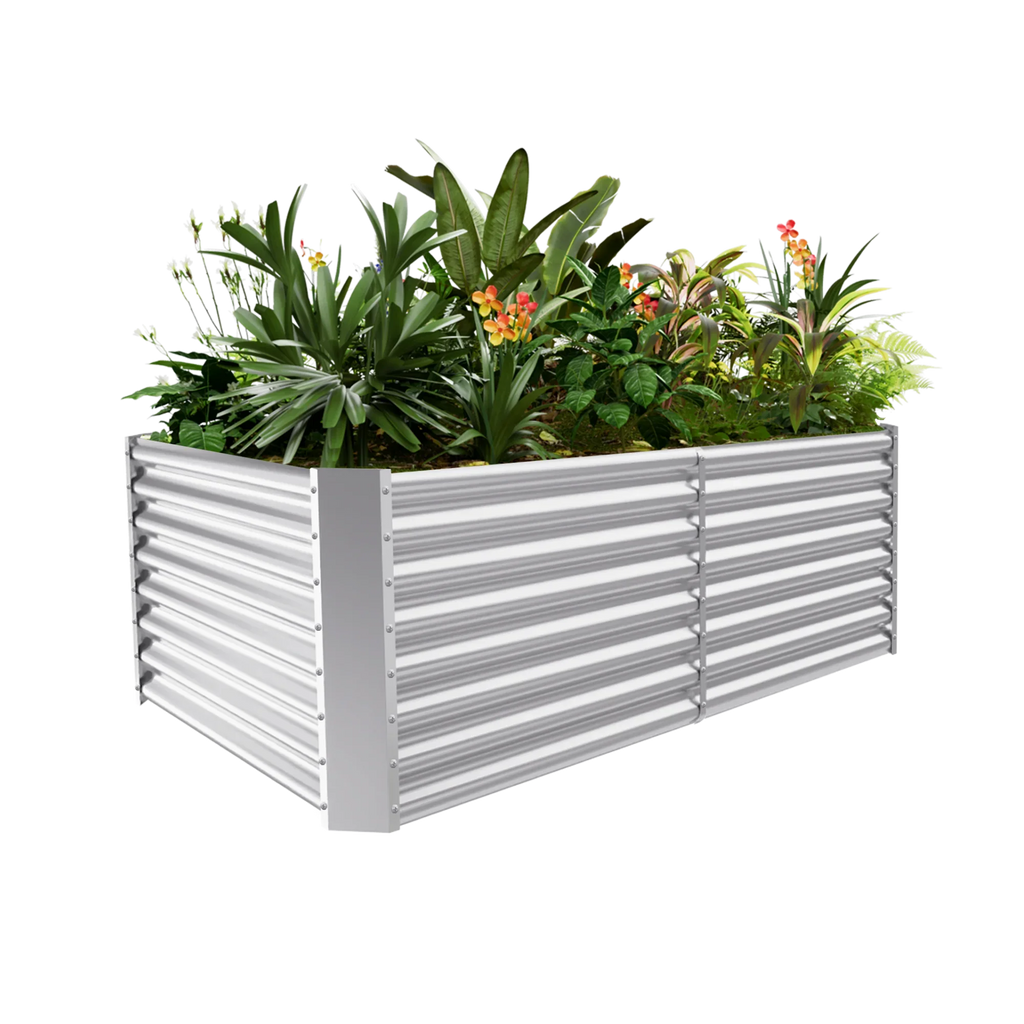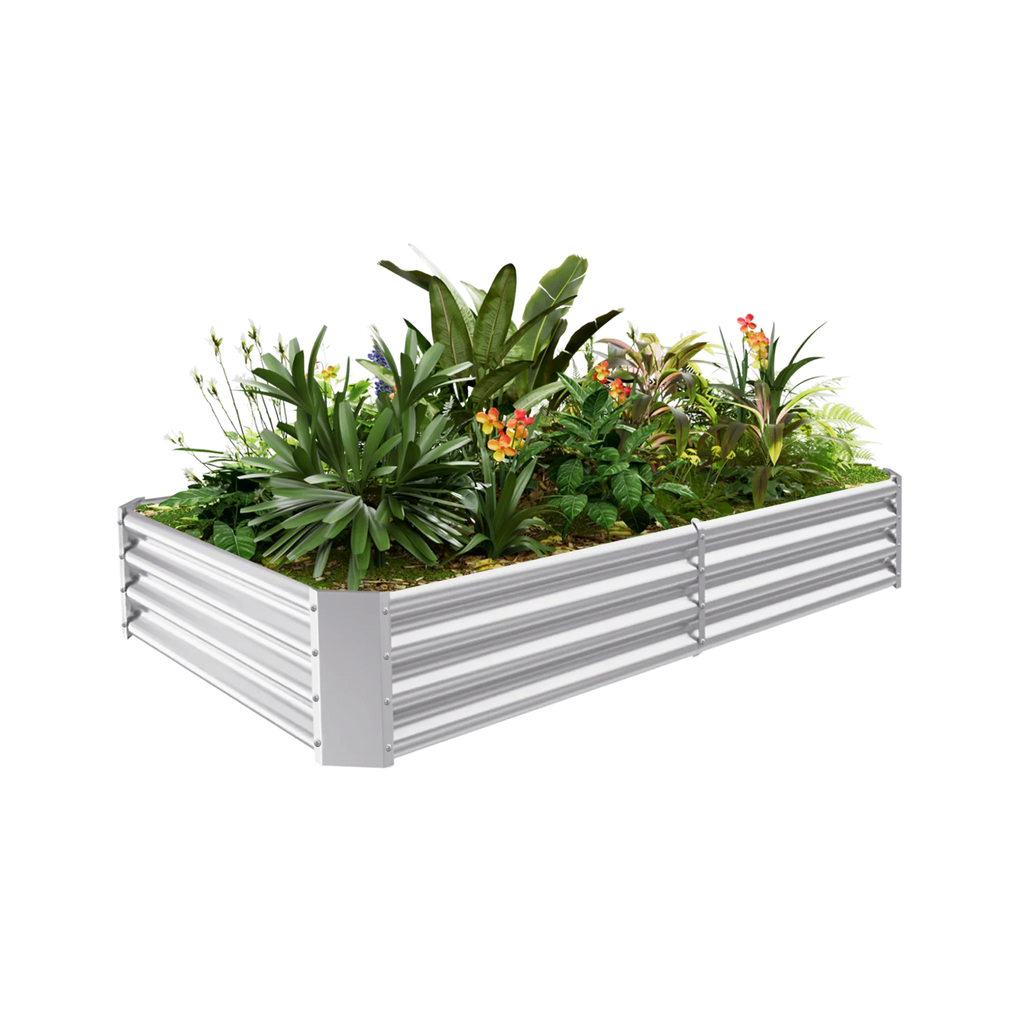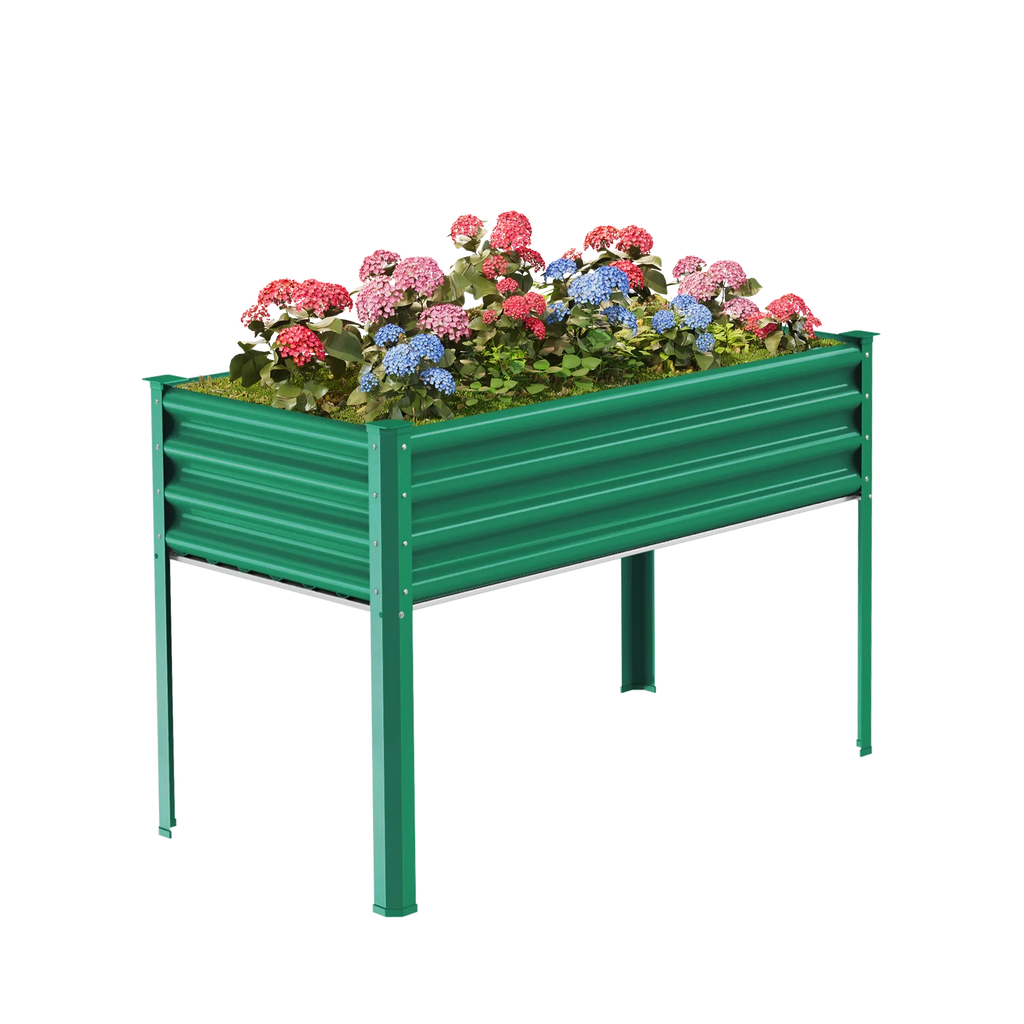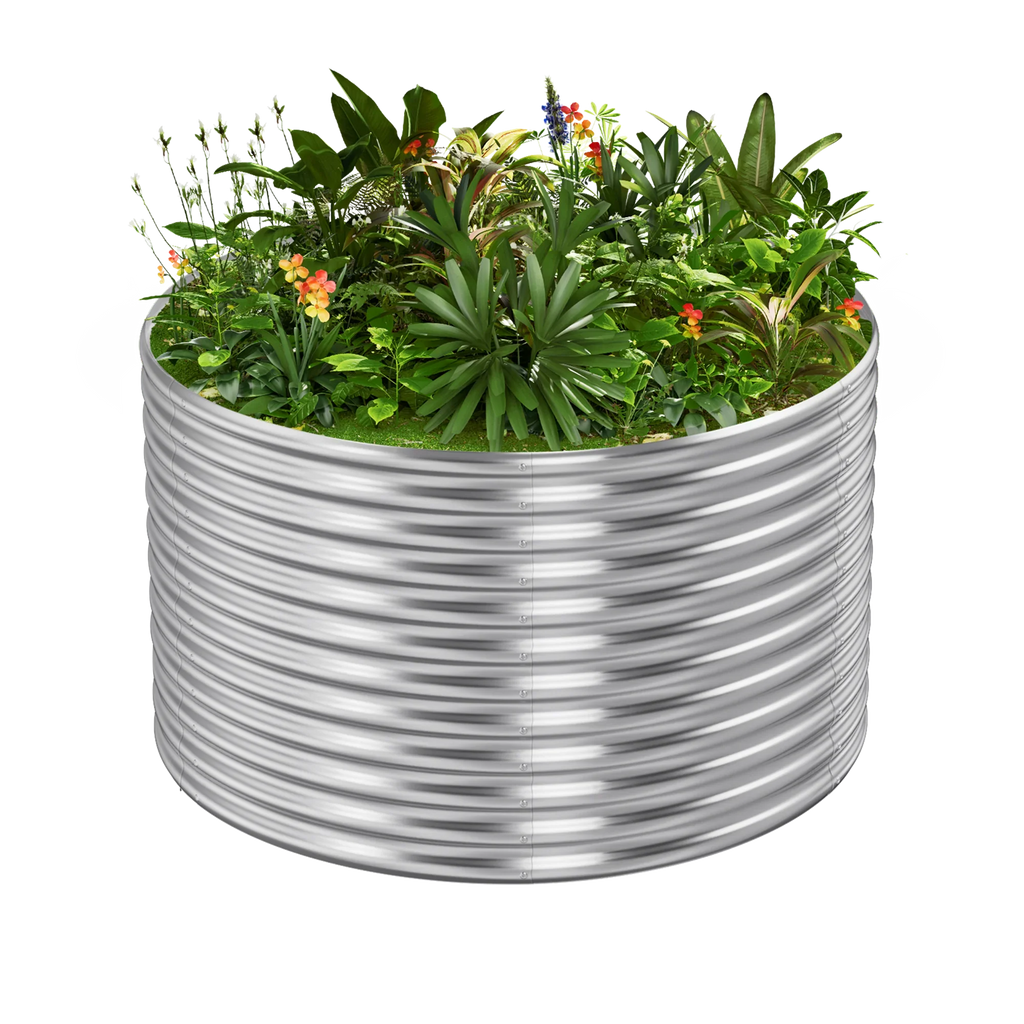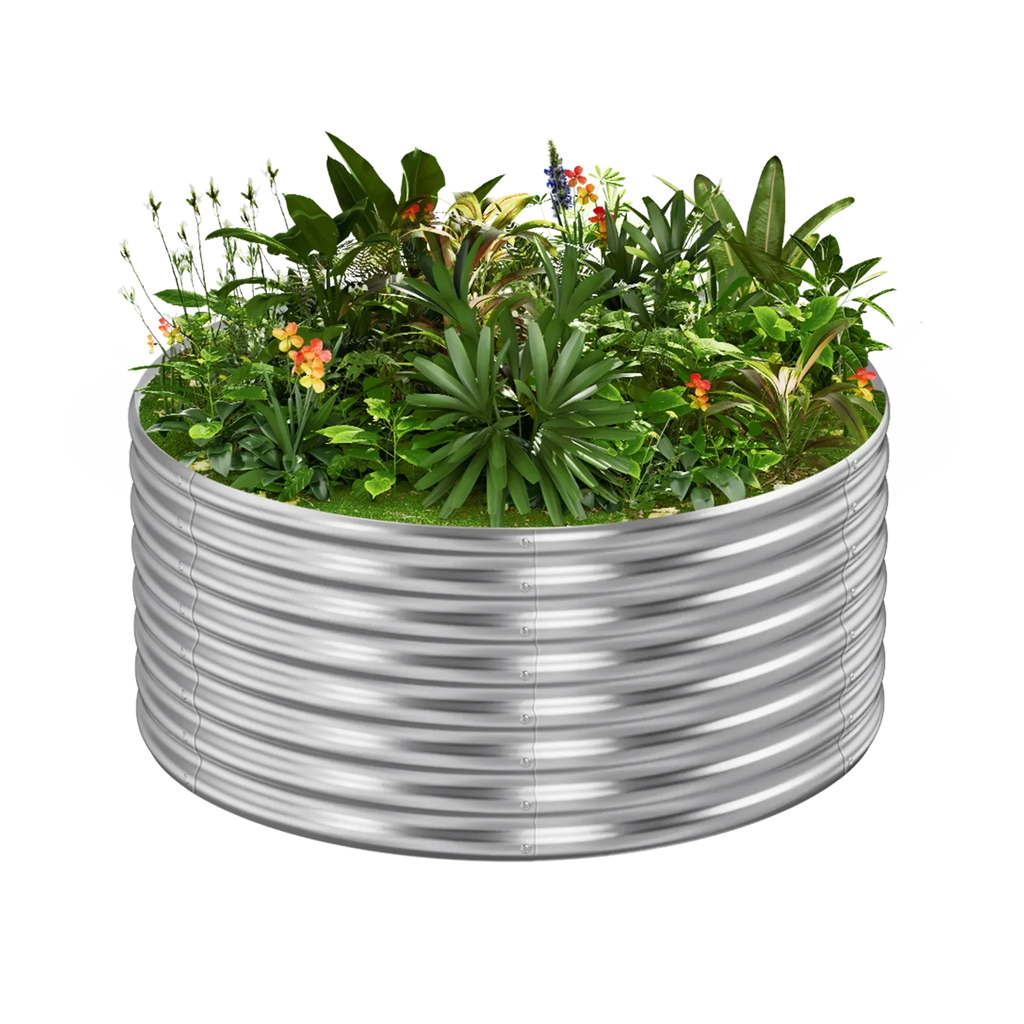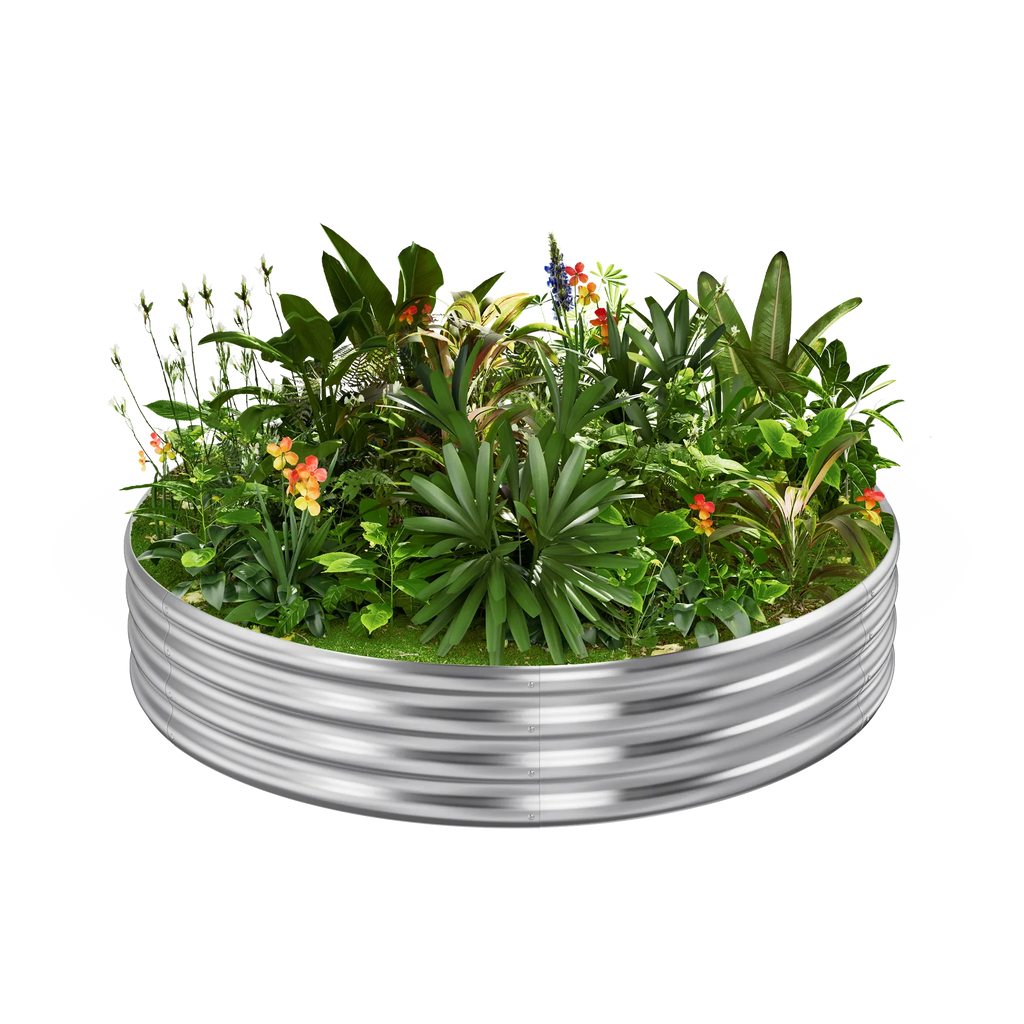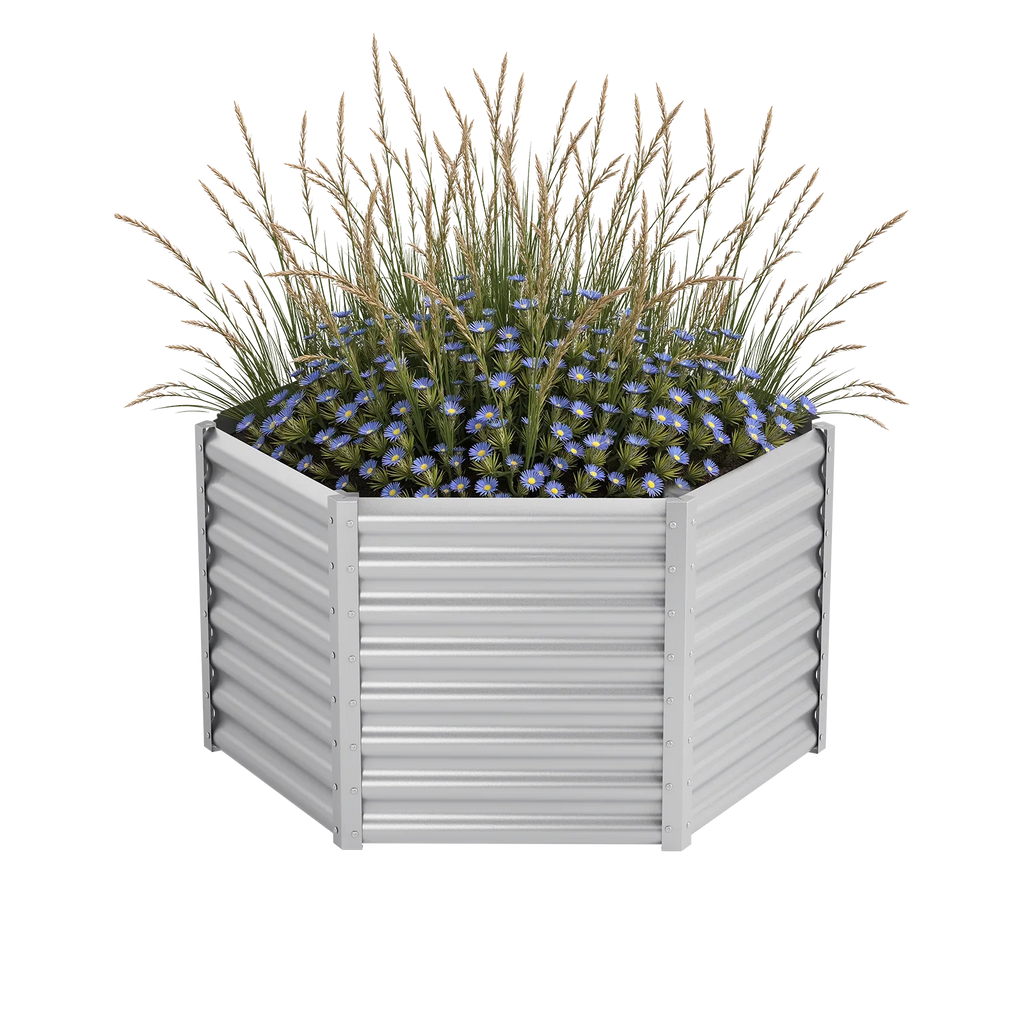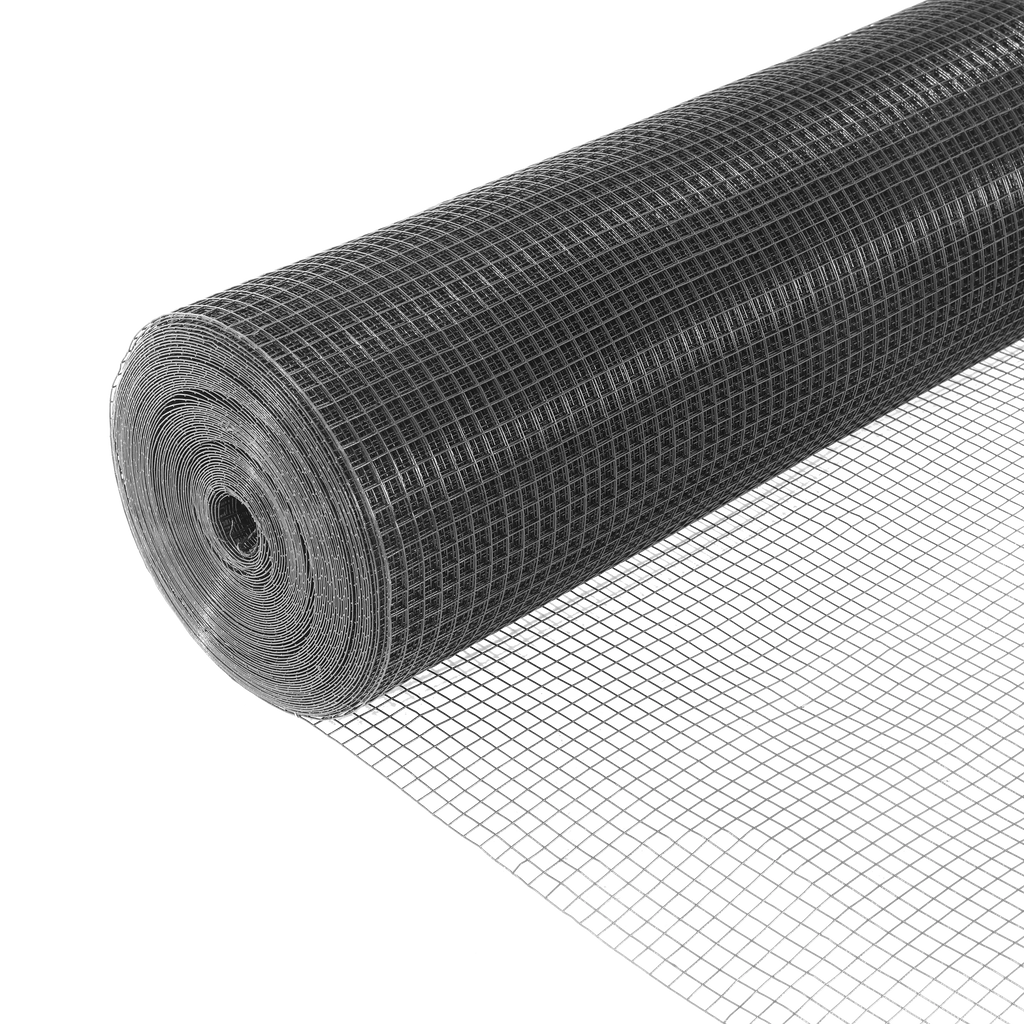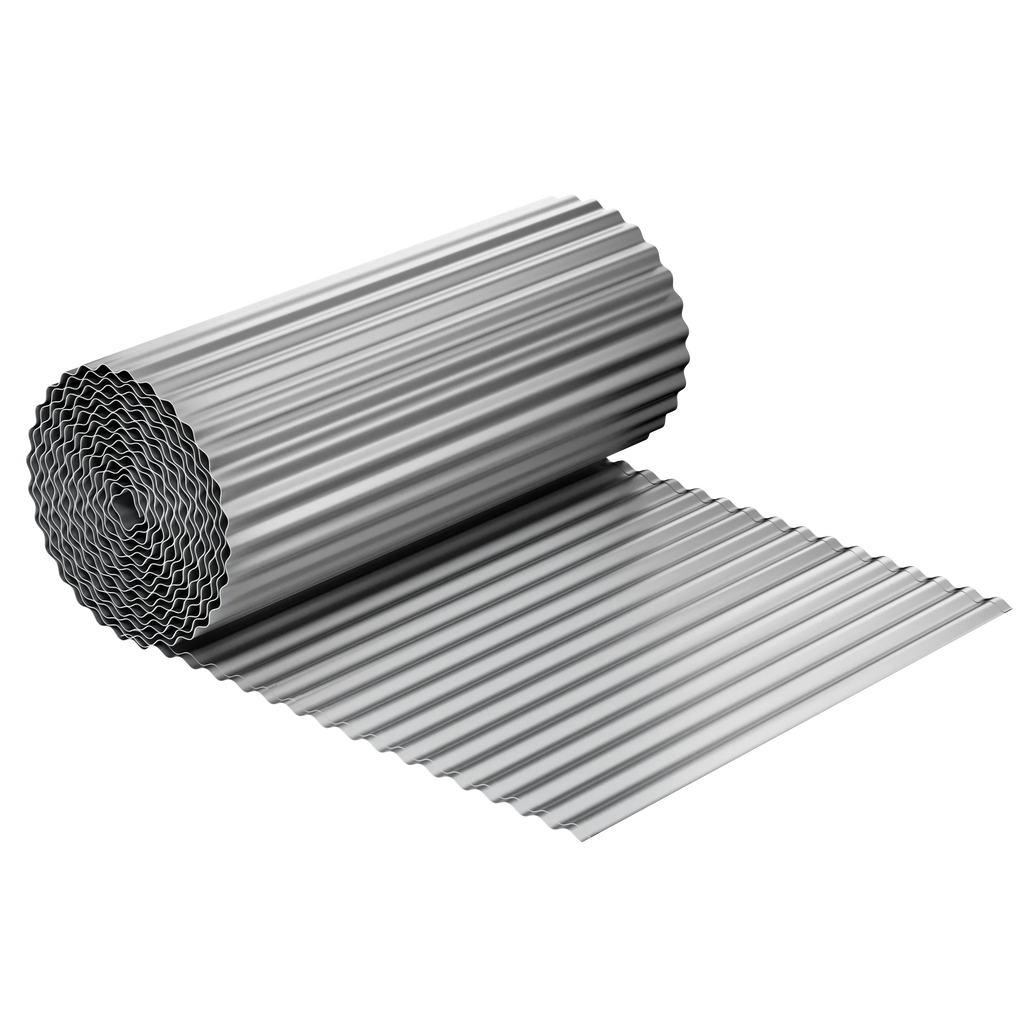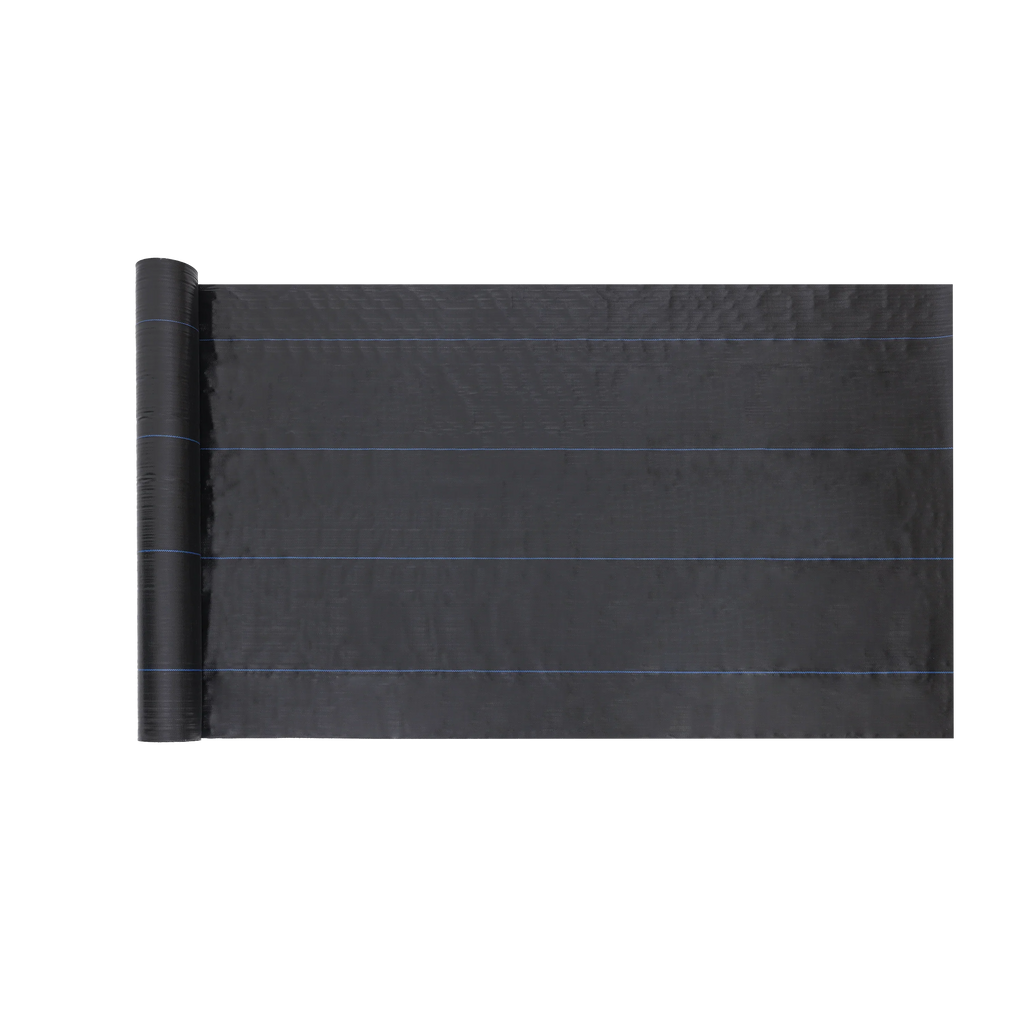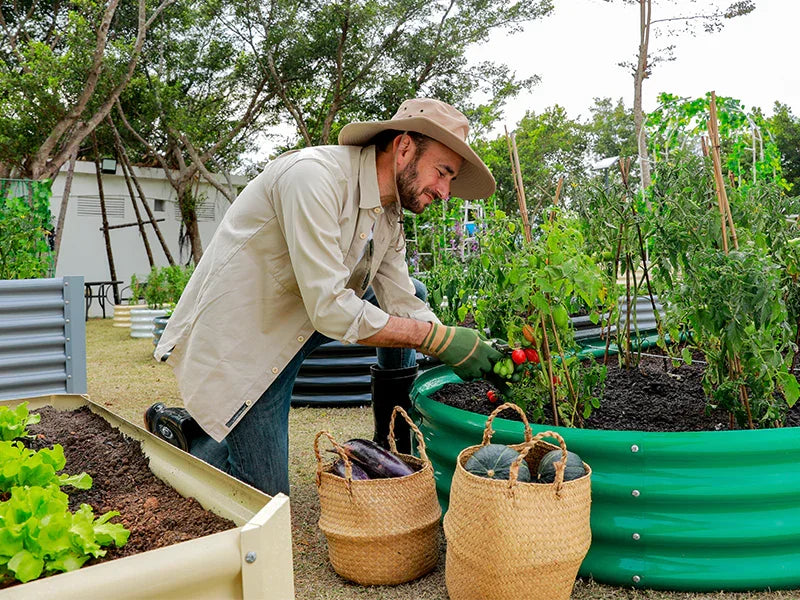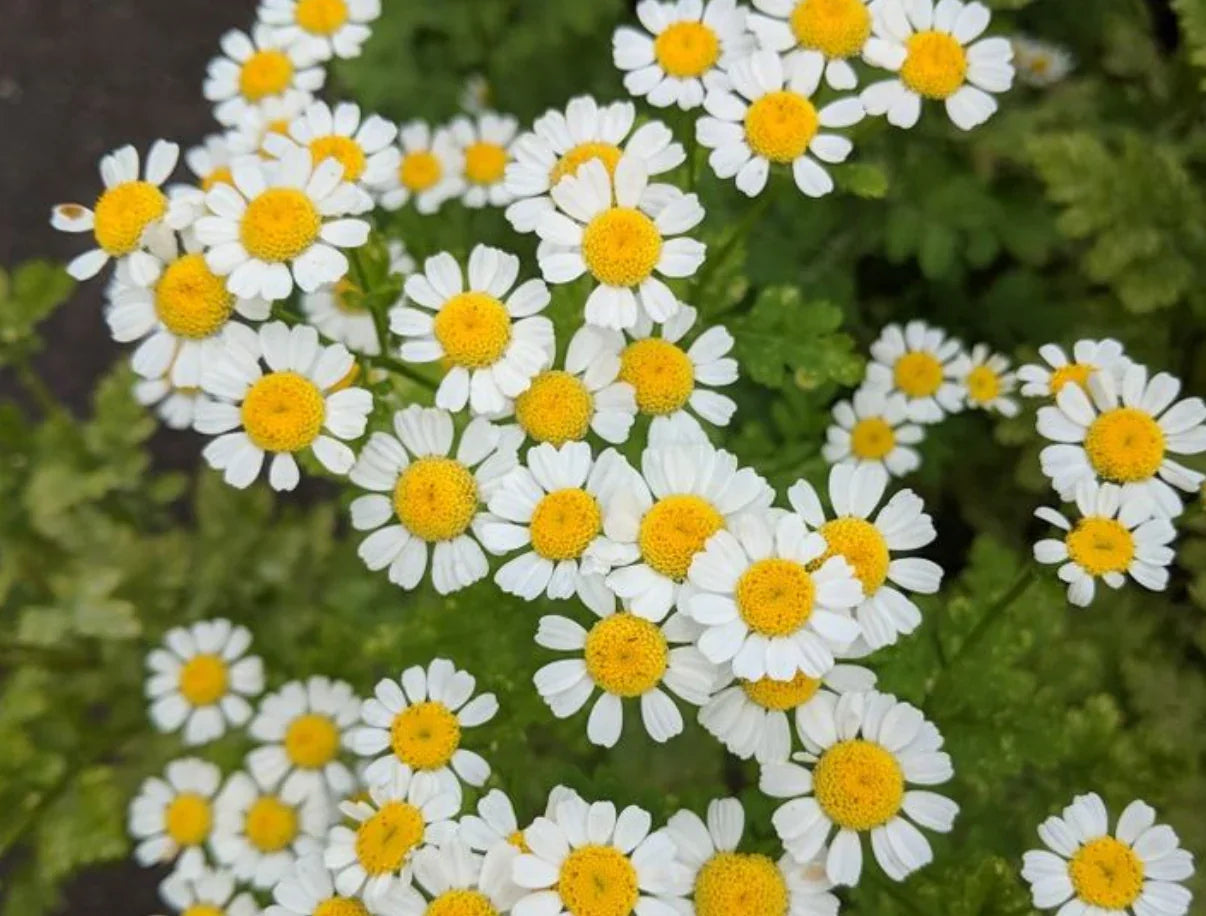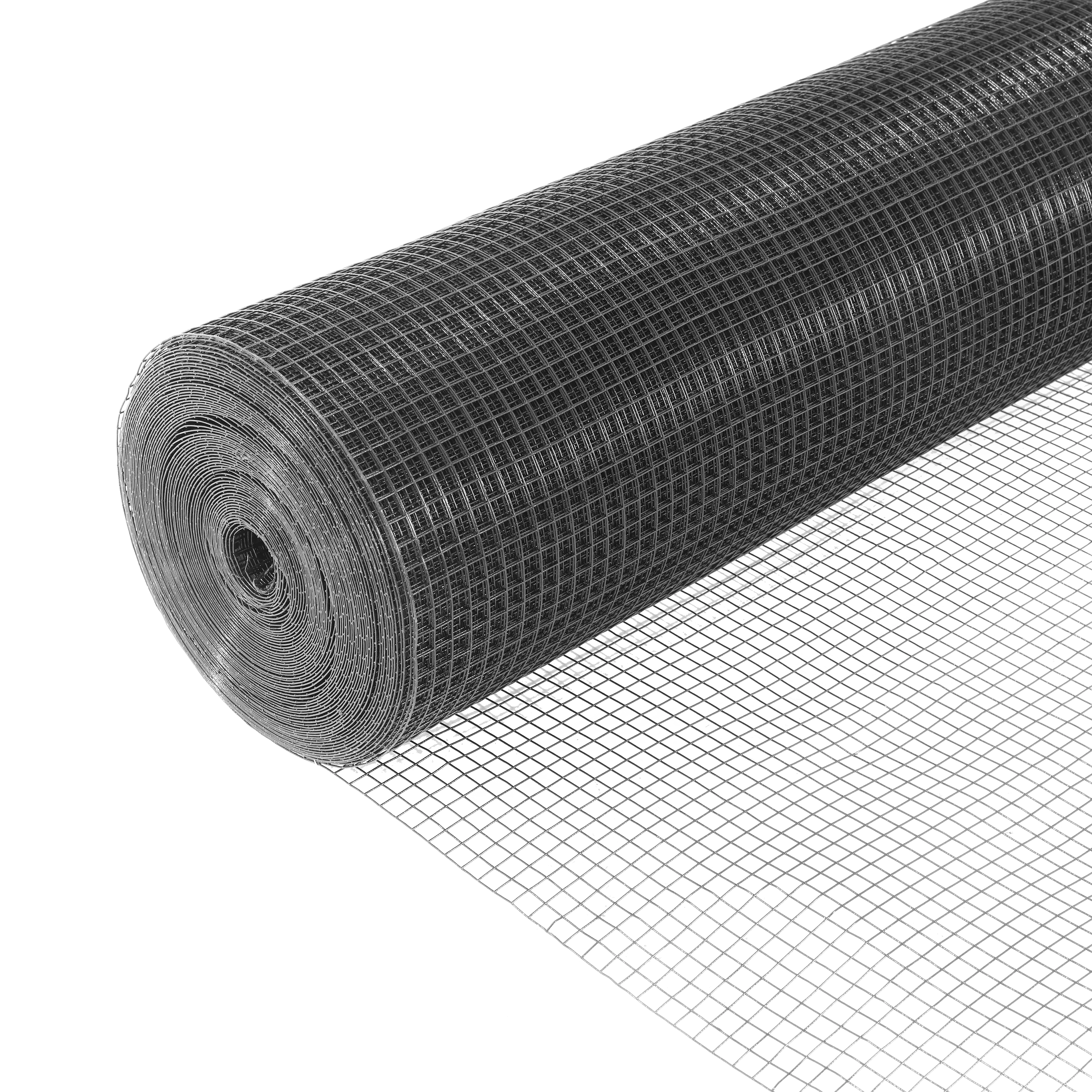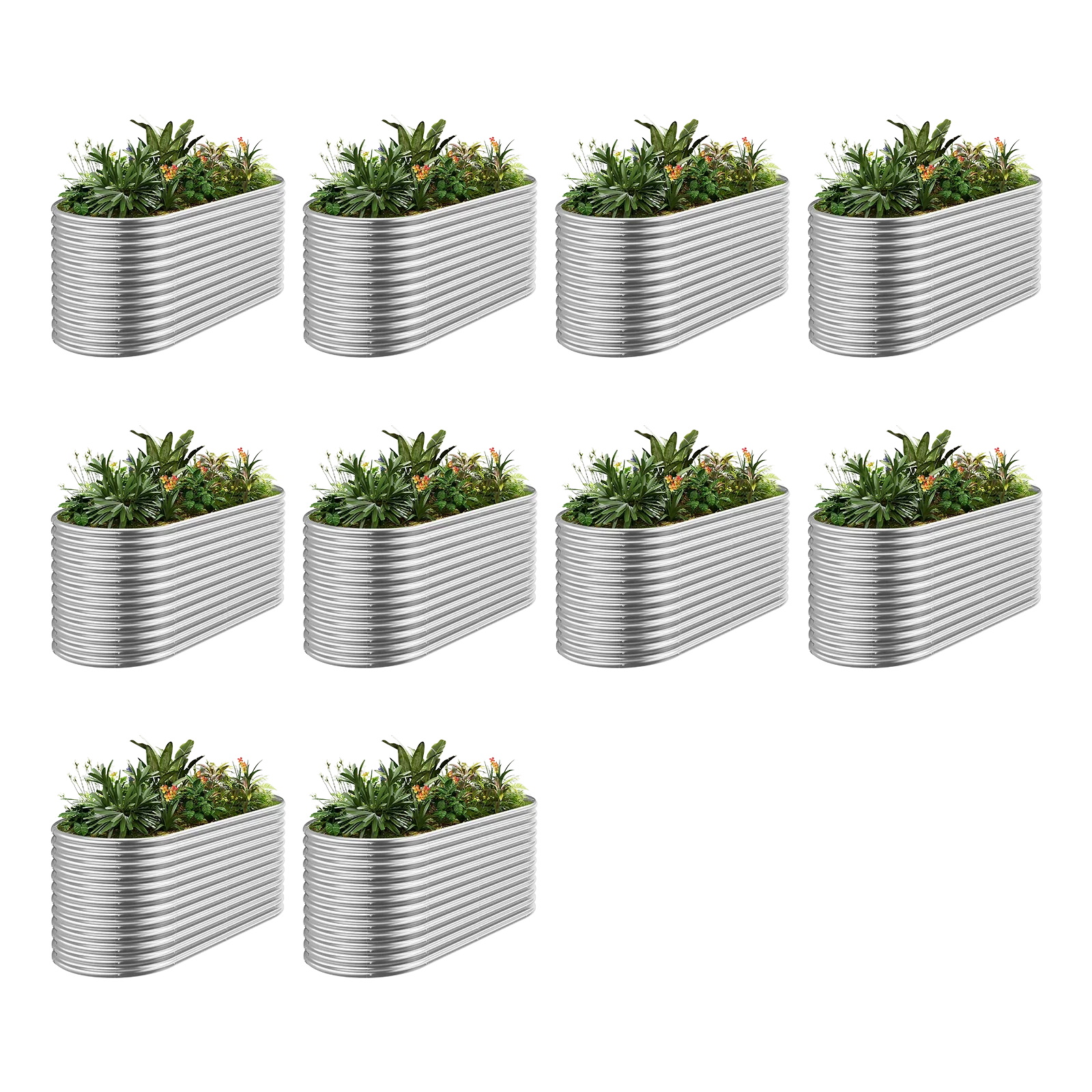Rainbow chard, with its dazzling neon stems and lush green leaves, is a gardener’s dream, blending stunning aesthetics with practical nutrition. This vibrant vegetable is not only a feast for the eyes but also a nutrient-packed addition to your meals, making it a favorite for home gardeners and food enthusiasts. For those cultivating their own food, rainbow chard is an ideal crop to grow in garden beds, offering ease of care and a bountiful harvest. In this article, we’ll explore the allure of rainbow chard, provide a detailed guide to growing it in your garden bed, share expert tips for success, and inspire you with its culinary versatility. Whether you’re a seasoned gardener or a beginner, rainbow chard will elevate your garden and kitchen with its edible artistry.
The Allure of Rainbow Chard
Rainbow chard (Beta vulgaris subsp. cicla), a vibrant variety of Swiss chard, is celebrated for its striking stems in shades of red, yellow, pink, orange, and even white. These neon-colored stems transform any garden bed into a living canvas, combining ornamental beauty with edible functionality. Its visual appeal makes it a standout choice for gardeners who want their plots to be as Instagram-worthy as they are productive.
Beyond its looks, rainbow chard is a nutritional powerhouse. Packed with vitamins A, C, and K, as well as minerals like magnesium, iron, and potassium, it supports a healthy diet and boosts wellness. Its versatility in the kitchen is another draw—tender leaves can be tossed into fresh salads, while the crunchy stems shine when sautéed or added to soups. Best of all, rainbow chard is beginner-friendly, thriving in various climates and requiring minimal maintenance.
Growing Rainbow Chard in Your Garden Bed
Cultivating rainbow chard in a garden bed is straightforward and rewarding, thanks to its adaptability and low-maintenance nature. Here’s a step-by-step guide to ensure a thriving crop:
· Site Selection: Choose a location for your garden bed that receives 4-6 hours of sunlight daily. While rainbow chard tolerates partial shade, full sun enhances the vibrancy of its stems, making them pop with color.
· Soil Preparation: Rainbow chard thrives in well-draining, fertile soil with a pH of 6.0-7.0. Before planting, enrich the soil with compost or organic matter to provide essential nutrients. Garden beds make it easy to customize soil conditions for optimal growth.
· Planting: Sow seeds ½ inch deep and 2-3 inches apart in rows. Once seedlings emerge (usually within 7-14 days), thin them to 6-12 inches apart to prevent overcrowding and encourage robust growth.
· Watering and Care: Keep the soil consistently moist but not waterlogged. Garden beds offer excellent drainage, reducing the risk of overwatering. Mulch around plants to retain moisture and suppress weeds.
· Harvesting: Begin harvesting outer leaves when they reach 6-8 inches, typically 45-60 days after planting. Cut leaves close to the base, leaving the inner leaves to continue growing. Regular harvesting promotes new growth, extending your yield.
By growing rainbow chard in a garden bed, you create a controlled environment that maximizes plant health and simplifies maintenance, resulting in a vibrant, productive crop.
Practical Tips for Successful Cultivation
To ensure your rainbow chard flourishes, follow these expert tips:
· Fertilization: Apply a balanced organic fertilizer, such as 10-10-10, every 4-6 weeks to replenish soil nutrients. Avoid over-fertilizing, as this can lead to excessive leaf growth at the expense of flavor.
· Pest Management: Watch for common pests like aphids, leaf miners, or slugs. Use organic controls like neem oil, insecticidal soap, or introduce beneficial insects such as ladybugs to keep infestations in check. Hand-picking larger pests like slugs can also be effective.
· Mulching: Add a 2-3 inch layer of organic mulch, such as straw or wood chips, around plants to conserve moisture, regulate soil temperature, and reduce weed growth. This is especially useful in garden beds, where soil exposure can dry out quickly.
· Crop Rotation: To prevent soil-borne diseases and maintain soil fertility, rotate rainbow chard with other crops (like legumes or root vegetables) each season. Avoid planting it in the same spot for at least two years.
These practices ensure a healthy, abundant harvest, showcasing the ease and rewards of growing rainbow chard in a garden bed.
The Culinary Delight of Rainbow Chard
Rainbow chard’s versatility extends from the garden to the kitchen, where it shines in both raw and cooked dishes. Its tender young leaves are perfect for fresh salads, adding a mild, slightly earthy flavor and a pop of color. The crisp, colorful stems can be chopped and sautéed, offering a satisfying crunch and subtle sweetness. For heartier meals, incorporate chard into soups, stews, or casseroles, where its robust leaves hold up well to cooking.

To preserve your harvest, blanch the leaves and stems, then freeze them in airtight bags for up to six months. Alternatively, pickle the stems with vinegar, spices, and garlic for a tangy condiment that pairs well with cheeses or sandwiches. For a quick recipe, try this: Sauté chopped chard stems and leaves in olive oil with minced garlic and a pinch of red pepper flakes. Finish with a squeeze of lemon juice and a sprinkle of Parmesan for a nutrient-packed side dish ready in under 10 minutes.
Rainbow chard’s culinary flexibility makes it a staple for home cooks, encouraging gardeners to grow it in their garden beds and experiment with its many uses.
Conclusion
Rainbow chard is more than a vegetable—it’s a celebration of beauty, nutrition, and flavor. Its neon stems and lush leaves transform garden beds into edible works of art, while its ease of growth and culinary versatility make it a must-have for any gardener. By planting rainbow chard in your garden bed, you’ll enjoy a season of vibrant harvests that nourish both body and soul. Start growing rainbow chard today, and let your garden bed bloom with color and taste.






